In today's flood of information, fake news is a big problem. Telling fact from fiction is key to making smart choices and keeping our society well-informed. Here's how you can spot and handle fake news effectively.
Understand What Fake News Is
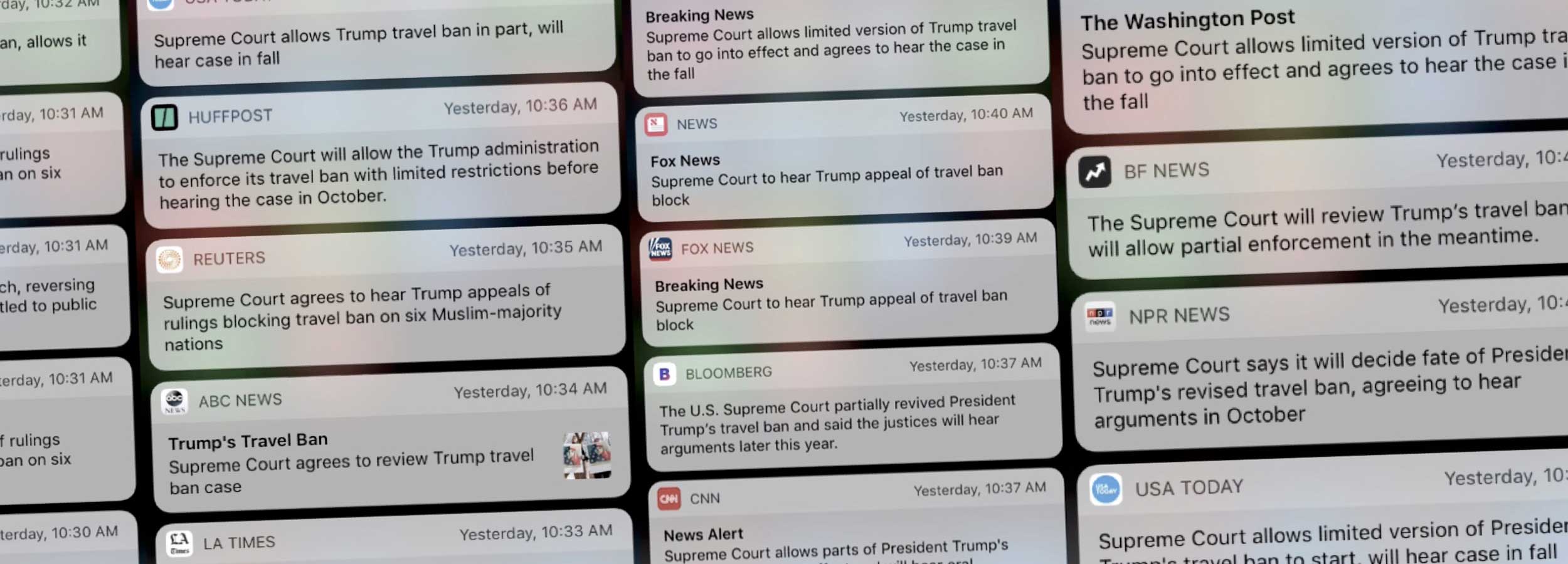
A split screen showing contrasting headlines.
Fake news is false or misleading information presented as legitimate news. They are often designed to deceive, elicit an emotional response, or drive traffic to a website. Understanding that fake news comes in many forms, including outright falsehoods, manipulated images, and misleading headlines, is the first step in fighting fake news. Understand that fake news can be spread intentionally or unintentionally, and thrives on sensationalism and the viral nature of social media.
Analyze the Source

Examining a news website's "About Us" section and cross-referencing the site with a list of credible sources.
The credibility of the source is a key indicator of whether news is legitimate or fake. Before trusting a news story, check the source’s reputation. Is it a well-known, established news outlet, or an obscure site with no history of reliable reporting? Review the “About Us” section of the website to learn more about its mission, editorial standards, and ownership. Cross-reference the story with reports from other reputable sources. If the news is only reported by a single, questionable outlet, be skeptical.
Examine the Author
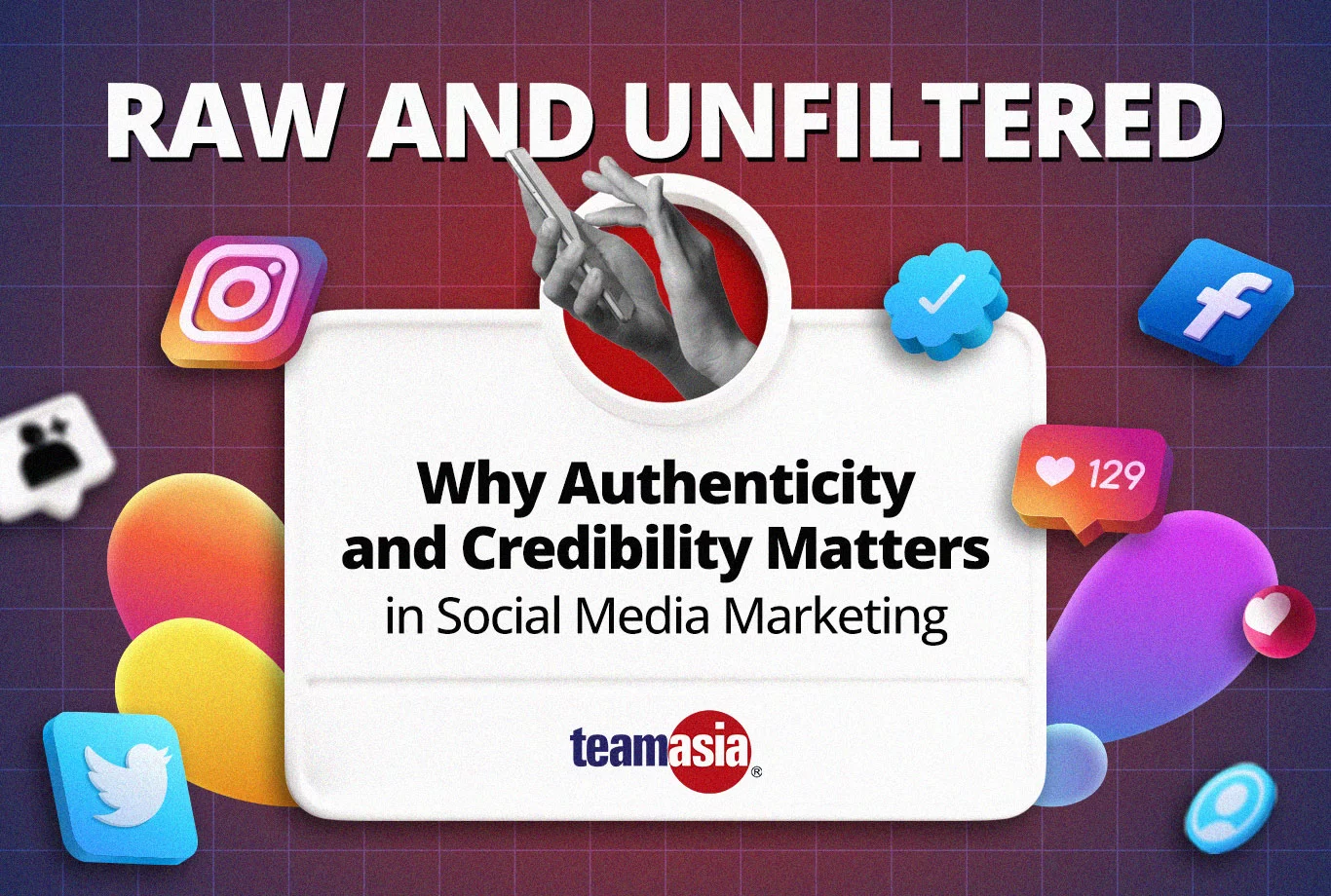
Checking for authenticity, with the author’s qualifications matters.
The author’s credibility is another important factor. Investigate who wrote the article—do they have relevant credentials or a history of reliable reporting? Fake news articles often lack bylines or are authored by people with questionable backgrounds. Look for information about the author’s expertise in the subject matter and check if they’ve written for reputable publications. If you can’t verify the author’s identity or credentials, it’s a red flag.
Scrutinize the Content

A person highlighting inconsistencies and errors in a news article while fact-checking claims with a smartphone.
Carefully analyze the content of the article. Be wary of sensationalist headlines designed to provoke strong emotions or encourage clicks. Check for factual accuracy—are there specific, verifiable facts or sources cited? Fake news often lacks supporting evidence or uses vague language. Pay attention to the tone; credible news typically maintains a neutral or balanced perspective, while fake news may be overtly biased or inflammatory. Also, check the date to ensure the information is current and relevant.
Verify the Images
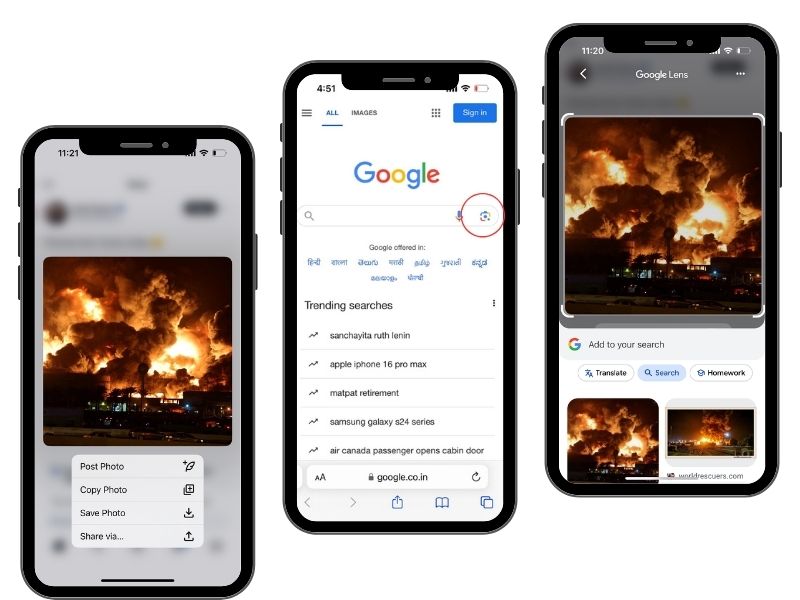
A reverse image search being conducted on a smartphone to check the authenticity of a news image.
Images are powerful tools in fake news, often used to manipulate or mislead. To verify an image’s authenticity, perform a reverse image search using tools like Google Images or TinEye. This will show where the image has appeared online and whether it has been used out of context or altered. Be cautious of images that seem too dramatic or don’t align with the content of the article. Edited or misattributed images are common in fake news.
Cross-Check with Fact-Checking Websites

A person browsing a fact-checking website like to confirm the validity of a news story.
Fact-checking websites are invaluable resources in the fight against fake news. Websites like Snopes, FactCheck.org, and PolitiFact specialize in debunking false claims and verifying the accuracy of news stories. Before sharing or believing a story, check these sites to see if the information has already been fact-checked. They often provide detailed analyses and sources to explain why a story is true, false, or somewhere in between.
Watch Out for Confirmation Bias
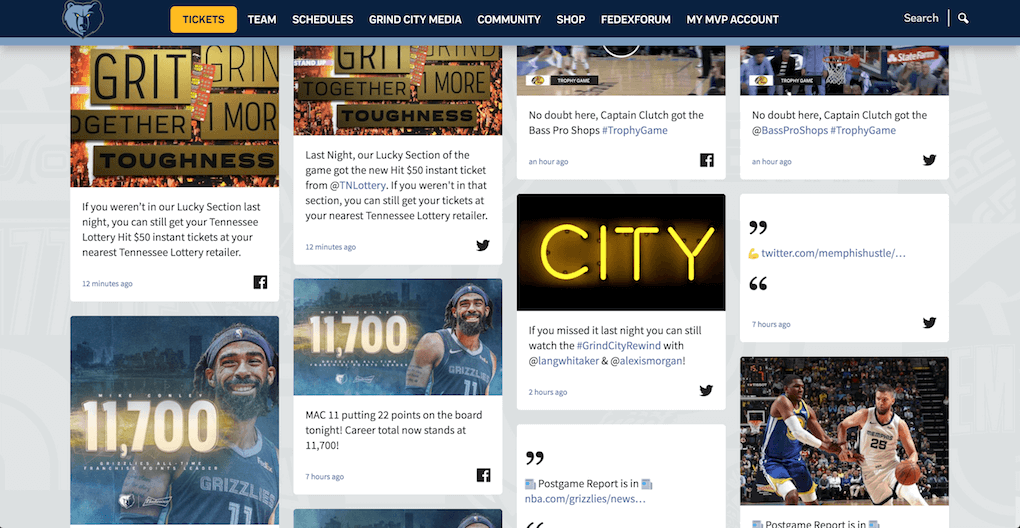
A social media feed showing algorithm-driven content that aligns with the user's preferences.
Confirmation bias is our tendency to believe information that fits our existing views and dismiss contradictory info. Fake news often exploits this by targeting specific audiences with content that reinforces their beliefs. To avoid this trap, actively seek diverse perspectives and be open to information that challenges your opinions. Questioning your own biases helps protect against fake news.
Report and Educate
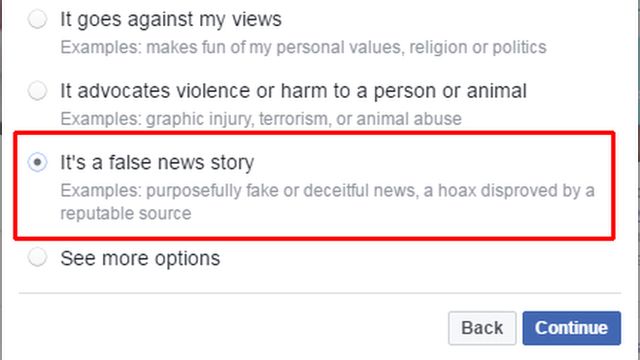
A person flags a fake news story on social media.
When you come across fake news, take steps to report it on the platform where you found it. Most social media sites give you ways to flag false information, which can help stop it from spreading. Also, teach others about the risks of fake news and how to spot it. Give tips to friends and family, and push them to think hard about the information they take in and share. Making people aware plays a big part in cutting down the effect of fake news.
Moreover,
Identifying and handling fake news requires vigilance, critical thinking, and the use of reliable resources. By analyzing sources, scrutinizing content, verifying images, and being aware of biases, you can protect yourself and others from misinformation. Taking the time to verify information before sharing it helps build a more informed and trustworthy online community.
Suggested Video:
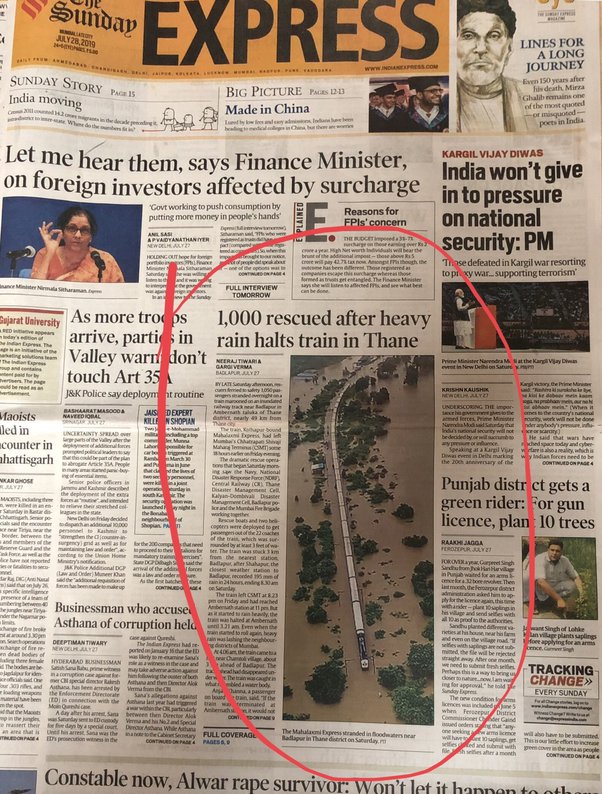


Comments